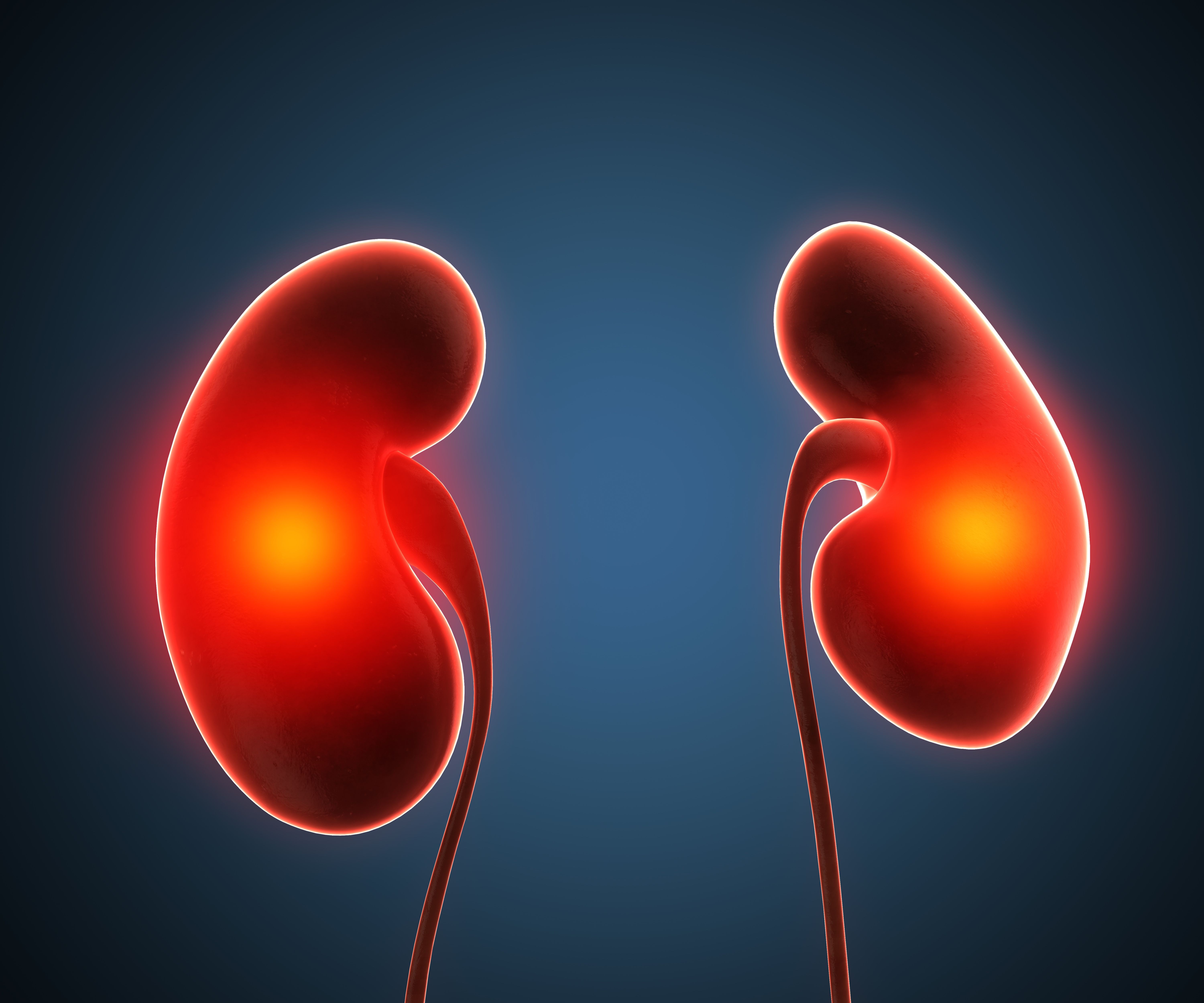News
Article
Study Highlights Efficacy of Dupilumab, Lebrikizumab, Tralokinumab for Atopic Dermatitis
Author(s):
These data highlight the effects on eczema following treatment with dupilumab, tralokinumab, and lebrikizumab in terms of improvements in EASI, IGA, and other measures.
Credit: Pexels

Dupilumab, tralokinumab, and lebrikizumab treatment lead to significant sign, symptom, and quality of life improvements among children or adolescents known to have moderate-to-severe atopic dermatitis, according to recent findings, with no substantial increase in adverse events.1
These data were the result of recent research conducted to expand upon existing findings on interleukin (IL)-23 inhibitor medications’ long-term outcomes, effectiveness, and safety among those with eczema, also known as atopic dermatitis. The research team noted that such drugs as tralokinumab, dupilumab, and lebrikizumab are formulated to interfere with IL-13 signaling pathways and lower inflammation, resulting in symptom improvements.2
To look into these medications, an analysis was led by Ana Clara Felix de Farias Santos from the School of Pharmacy at the City University of São Paulo in Brazil.
“This manuscript aims to explore and analyse the efficacy, safety, and impact on quality of life of dupilumab, tralokinumab, and lebrikizumab in the treatment of moderate-to-severe (atopic dermatitis),” de Farias Santos et al. wrote. “By synthesizing current evidence and addressing gaps in knowledge, this study contributes to optimizing treatment strategies and improving outcomes for patients living with this chronic and burdensome condition.”1
Study Design
In their identification of eligible studies for the analysis, the investigators performed a systematic search of the Embase, PubMed, and Cochrane Central Register of Controlled Trials databases. They looked at each publication up to February 2024, using search terms such as “tralokinumab,” “dupilumab,” “children,” “lebrikizumab,” and “adolescent.”
The research team included studies in their analysis based upon several different criteria, including being research on children and adolescents with eczema, randomized controlled trials (RCTs) that compared lebrikizumab, dupilumab, or tralokinumab to a placebo, and reports on at least a single relevant outcome.
Additionally, the team assessed references drawn from relevant reviews and research to ensure no eligible studies were skipped. An independent extraction of baseline characteristics and outcome data was done by the team as well using predetermined criteria.
The investigators determined their primary outcomes of interest would include the percentage of individuals reaching Eczema Area and Severity Index (EASI) 75, 50, and 90, the proportion reaching an Investigator's Global Assessment (IGA) score of 0 or 1, and the proportion showing improvements greater than 4 or 3 points on the worst scratch and itch Numerical Rating Scale (NRS). Adverse events and the incidence of conjunctivitis were also recorded.
The research team implemented EASI scores for evaluations of the severity and extent of induration/papulation, erythema, excoriation, and lichenification on affected bodily regions. They decided their main efficacy endpoints would be achievement of EASI 75 and EASI 90, representing a 75% and 90% reduction in EASI scores from the point of baseline, respectively.
Patient-reported outcomes evaluated by the team included pruritus severity, determined using the NRS, an itching intensity scale of 0 - 10. They also used IGA to assess subjects’ overall severity of eczema, using scores of 0 and 1 to suggest clear or almost clear skin.
Conclusions
Overall, the investigators looked at 5 RCTs, with a total of 973 individuals having been reviewed in these studies and 592 having been given a biologic drug. Biologic-treated individuals showed significant improvements in their disease versus placebo, with the investigators noting a greater odds of achieving an IGA score of 0 or 1 (OR 5.05; 95% CI 3.08–8.29).
The research team further concluded a greater proportion of those on biologic medications showed improvements of 3 points or more (OR 6.56; 95% CI 4.34–9.90) and 4 points or more (OR 8.09; 95% CI 5.19–12.59) on the peak pruritus NRS scale versus the placebo cohorts. Additionally, those treated with these drugs were found to be more likely to achieve EASI 50 (OR 8.89; 95% CI 6.18–12.78), EASI 75 (OR 6.87; 95% CI 4.71–10.02), and EASI 90 (OR 8.30; 95% CI 4.81–14.31).
No significant distinctions were reported by the team between the biologic and placebo arms of these studies in terms of incidence of conjunctivitis (OR 2.08; 95% CI 1.00–4.33) or adverse events (OR 0.79; 95% CI 0.58–1.07).
“These findings support the efficacy and safety of dupilumab, lebrikizumab, and tralokinumab in the treatment of children and adolescents with AD,” they wrote. “However, further high-quality RCTs with longer-term follow-up are still warranted to substantiate their therapeutic benefits.”
References
- Felix de Farias Santos AC, Zamora FV, Heffel KK, et al. Safety and efficacy of biologic drugs in children or adolescents with atopic dermatitis: A systematic review and meta-analysis of randomized controlled trials. Australas J Dermatol. 2024; 00: 1–10. https://doi.org/10.1111/ajd.14358.
- David Boothe W, Tarbox JA, Tarbox MB. Atopic dermatitis: pathophysiology. Adv Exp Med Biol. 2017; 1027: 21–37. https://doi.org/10.1007/978-3-319-64804-0_3.





